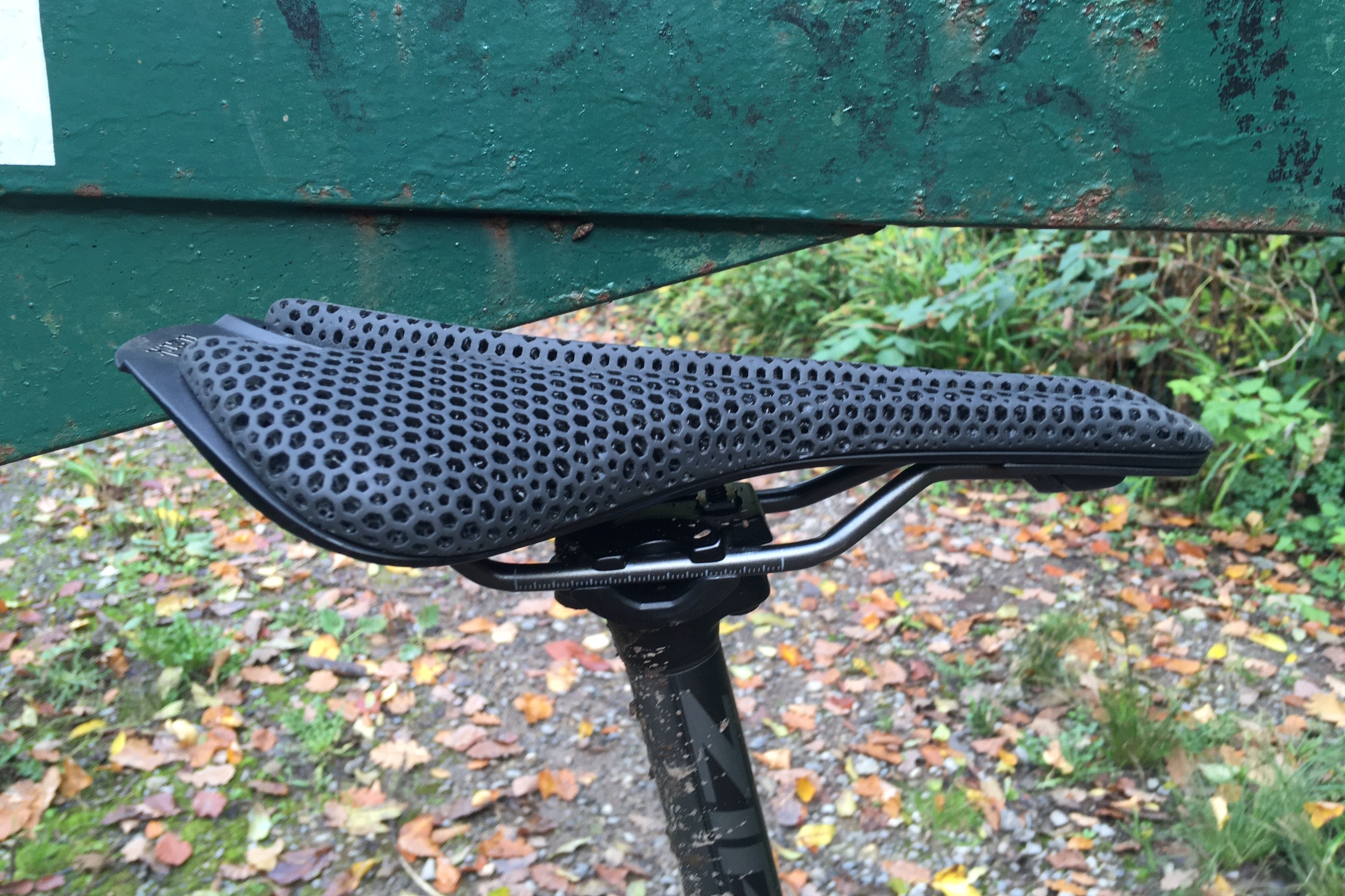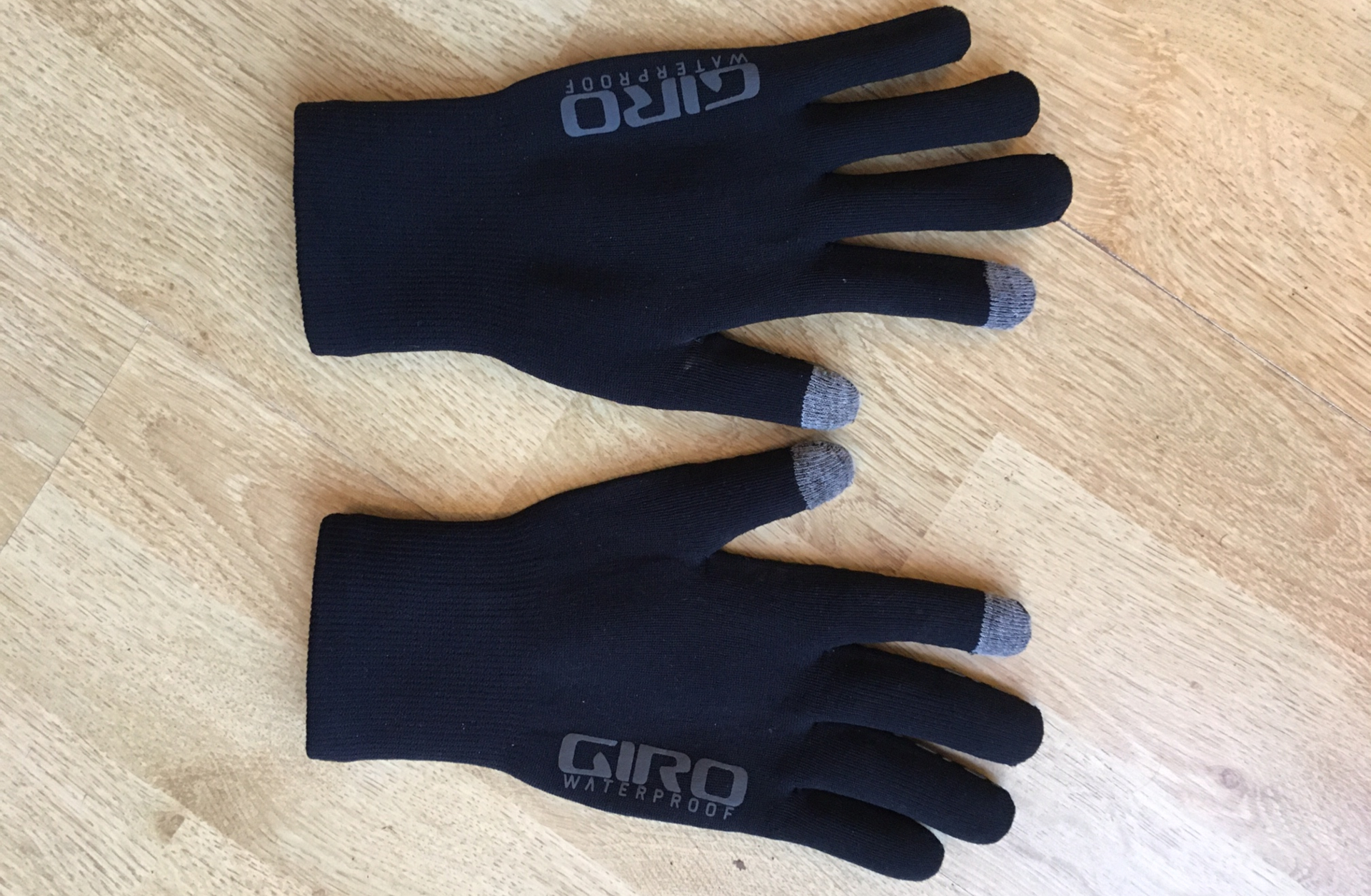Winter warrior kit picks: Luke Friend's Gear of the Year 2022
A modern steel road bike, a 3D printed saddle, waterproof gloves and versatile insulated jacket

The past year saw me back in the UK and riding on familiar roads after living in America. While the terrain was different my riding habits remained largely the same. I’ve never been one for numbers or data, preferring just to let how I’m feeling dictate both the length and the intensity of the ride. Increasingly as I get older that has meant a somewhat leisurely pace on the road, allowing me to enjoy the scenery, or heading off road entirely to escape the traffic.
Not riding by the numbers also means that indoor training holds little appeal. Getting outside is entirely the point for me, even if it’s just a short ride or one in less than ideal weather conditions. Riding year round does require good gear however, and my picks are products that helped me do this, increasing both my comfort and enjoyment on the bike.
Fairlight Strael 3.0

The Strael wasn’t just the best road bike I rode this year, it’s one of the best I’ve ridden in a long while.
There was always a good chance I was going to feel this way. I’m predisposed to liking bikes made from steel. I prefer the aesthetics of the tubing as well as the quality of ride that a well-designed steel bike delivers - and the Strael is certainly that.
Fairlight set out to create the ideal four season road bike for British riding conditions and it didn’t just hit the target, it scored a bullseye. The ride quality is sublime, striking a balance between comfort and stiffness so the bike soaked up the vibrations from the road but never felt like the frame was over flexing. You can ride it slowly over long distances or you can put your foot down; either way the Strael responds accordingly.
As for adapting to seasonal changes, it’s equipped with bosses for mudguards / fenders and the generous tyre clearances, 36mm as a maximum, mean you can stay dry while still riding on 32s. However, I rode the bike during spring and summer on 28s and it felt sprightly yet still eminently comfortable.
In my full review of the Fairlight Strael 3.0 at the time I concluded by saying the Strael might just be a bike for the ages and on reflection I still feel this way. It’s certainly a bike, if I owned one, that I could imagine riding year round and for years to come. There’s nothing here to date it, it’s equipped with flat mount disc brakes and thru axles, but equally it has a timeless quality that all of the very best steel road bikes have. In this time of mass consumption and unnecessary waste, a bike like the Strael feels more relevant than ever. No gimmicks, just a quality material thoughtfully put together for everyday cyclists to enjoy.
The latest race content, interviews, features, reviews and expert buying guides, direct to your inbox!
Fizik Antares Versus R3 Adaptive saddle

Like the aforementioned Strael, it was likely that I was going to get on with the saddle. I’ve been riding Fizik perches for 15 years or so and have been on the Antares for the last two or three of those, with the Versus Evo being my model of choice.
Sitting on the 3D printed adaptive version therefore felt entirely familiar despite it's alien appearance. There were no adjustments needed to my riding position. Nor was there the fidgeting around that often accompanies a maiden voyage aboard a new saddle. However, there was a subtle, yet by no means inconsequential, difference. The adaptive version was more comfortable.
It wasn’t a sea change. This wasn’t like comparing an Eames lounger to a park bench, and my regular Antares Versus Evo remains a trusted friend. But it was perceptible; the adaptive saddle provided greater comfort over longer distances, soft where you need it but also firmer and supportive in areas too.
Admittedly I'd been skeptical about adaptive saddles, largely due to their high price tags. Could they really be so good to warrant such a hike in cost compared to ‘regular’ saddles? In the case of the Fizik Antares adaptive saddle, the answer, at least from me, is yes - it's one of the best bike saddles.
Giro Xnetic H20 gloves

I only wear cycling gloves during the colder months and Giro’s Xnetic H20s have been my preference in all but the most frigid of conditions.
They’re something of a hybrid in both appearance and feel, caught somewhere between a wet weather neoprene glove and a knit glove. This gives them a minimal look, with no velcro or elastic cuff fastenings and no padding on the palm either. The fabric has three-layers, what Giro describes as a “RainGuard membrane between a durable nylon outer shell and hypoallergenic liner.”
Whatever it is, it makes for a glove that’s lightweight - just 30g per glove for my size medium - and flexible; once they’re on you forget you’re wearing them in the same way as you might with a Defeet knit glove.
They’re designed to fend off the rain and they do this well but I wear them even when it’s not raining. The warmth-to-weight ratio appeals most, meaning I can ride in cold temperatures without having to don a hefty pair of winter mitts that make changing gear a little tricky. With the Giro gloves little sacrifice is made to bar feel or grip.
I’ve worn them in temperatures as low as 6 degrees and as high as 14 degrees. Despite their lack of bulk they kept my hands plenty warm, and the fact they’re pliable allows you to move your digits which aids circulation. At the higher end my hands only ever got clammy, rather than sweat drenched, and because they’re so light they are easy to stash in a jersey pocket. In essence it’s made for a pair of gloves that I’ve used for as much as five or six months of the year, which certainly makes them an excellent value for money option and they sit among the best winter cycling gloves.
You can read my full review of the Giro Xnetic H20 gloves here.
Rapha Brevet Insulated Jacket

The Rapha Brevet Insulated Jacket has been in the brand’s line-up for a good while now. The fact that it remains so is of little surprise to me now I own one.
Like the Giro gloves it's a practical item that can be worn, and be effective, across a range of temperatures. This means it minimizes faffing around before I leave; if the temperature is between 5 and 15 degrees I can just grab this jacket and go, knowing that I’ll be suitably covered. Because of this it’s had lots of use this year and will get plenty more now that it's winter.
I’ve worn it over a winter base layer and jersey in freezing temperatures and it’s kept me warm. But armed with the two-way zip, it can be worn ‘open’ when you start to heat up, while the vents in the rear shoulder area always seem to do a good job of keeping my temperature regulated.
It's one of the best winter cycling jackets, but what I really like about it is that it doesn’t feel like a regular cycling jacket. Yes, it’s cut for an on-the-bike position, with longer arms and tail and a slightly cropped front, but the choice of materials makes it less restrictive. The insulted material used on the body is ‘borrowed’ from the outdoors world and is akin to something you’d wear walking or hiking, and has the same lightweight and cozy feel that a down jacket or similar has.
Luke Friend has worked as a writer, editor and copywriter for over twenty five years. Across books, magazines and websites, he's covered a broad range of topics for a range of clients including Major League Baseball, Golf Digest, the National Trust and the NHS. He has an MA in Professional Writing from Falmouth University and is a qualified bicycle mechanic. He has been a cycling enthusiast from an early age, partly due to watching the Tour de France on TV. He's a keen follower of bike racing to this day as well as a regular road and gravel rider.